India, the world’s fastest-growing major economy, is poised for a transformative journey in the coming decade. A range of factors, including manufacturing and capital expenditure (capex) growth, expanding export market share, changing consumption patterns, lower volatility in inflation, and a strengthening external balance sheet, indicate a bright future for India’s economic landscape.
This article explores the key drivers and potential risks that shape India’s economic outlook and offers an engaging overview of the country’s path to prosperity.
-
Manufacturing and Capex: Building the Foundation
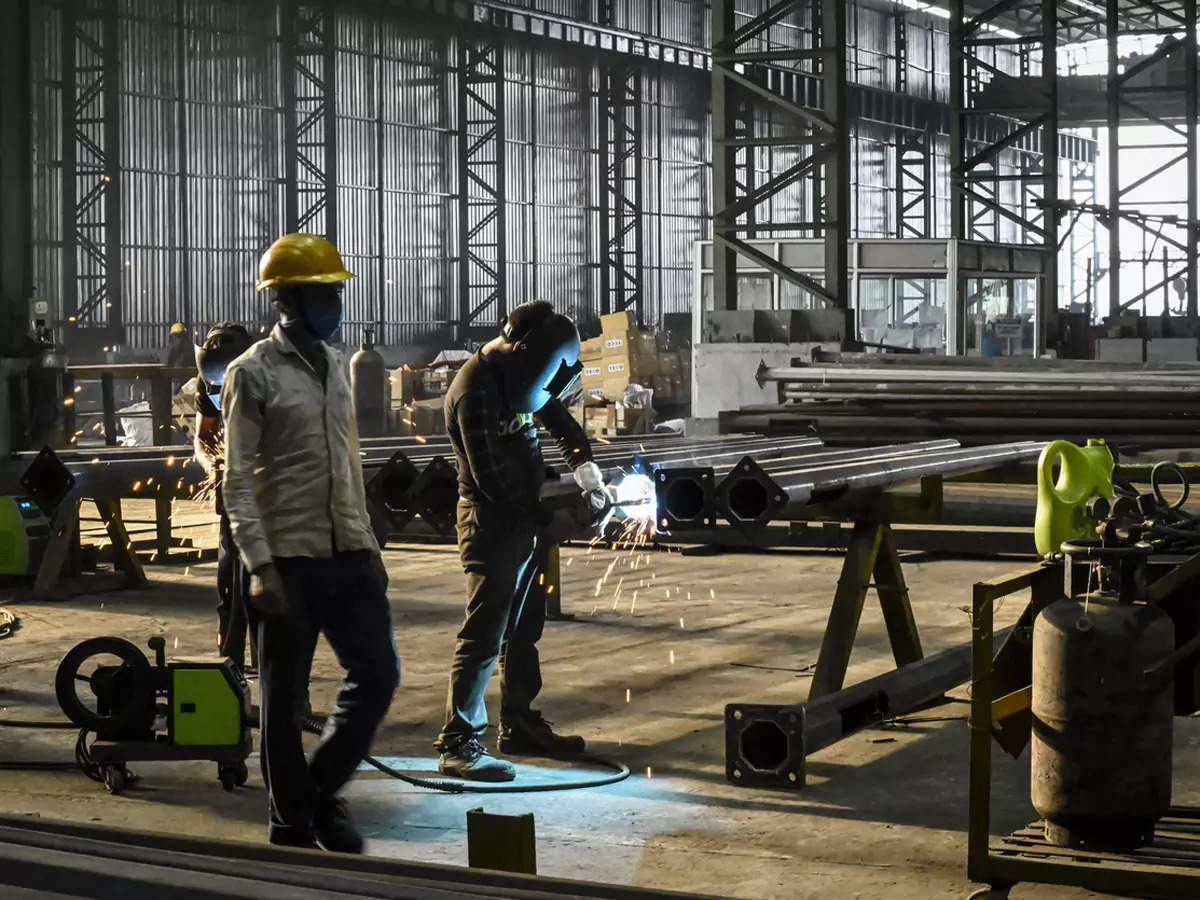
BY- economictimes / Source- Google Images
India is set to experience a new cycle of growth in manufacturing and capex, with their share in GDP projected to rise by approximately 5 percentage points by 2031.
This development is expected to create jobs, boost productivity, and drive economic expansion.
As India ramps up its manufacturing capabilities, it will not only fulfill domestic demand but also enhance its position as a global manufacturing hub.
-
Doubling Export Market Share: A Global Player Emerges

BY- morrows / Source- Google Images
India’s export market share is estimated to double, reaching 4.5% by 2031, a significant increase from the levels observed in 2021.
This growth will be driven by broad-based gains across goods and services exports. A
s India’s products and services find their way to international markets, the country will become a formidable player in the global trade arena, contributing to sustained economic growth.
-
Shifting Consumption Basket: From Necessities to Discretionary Spending
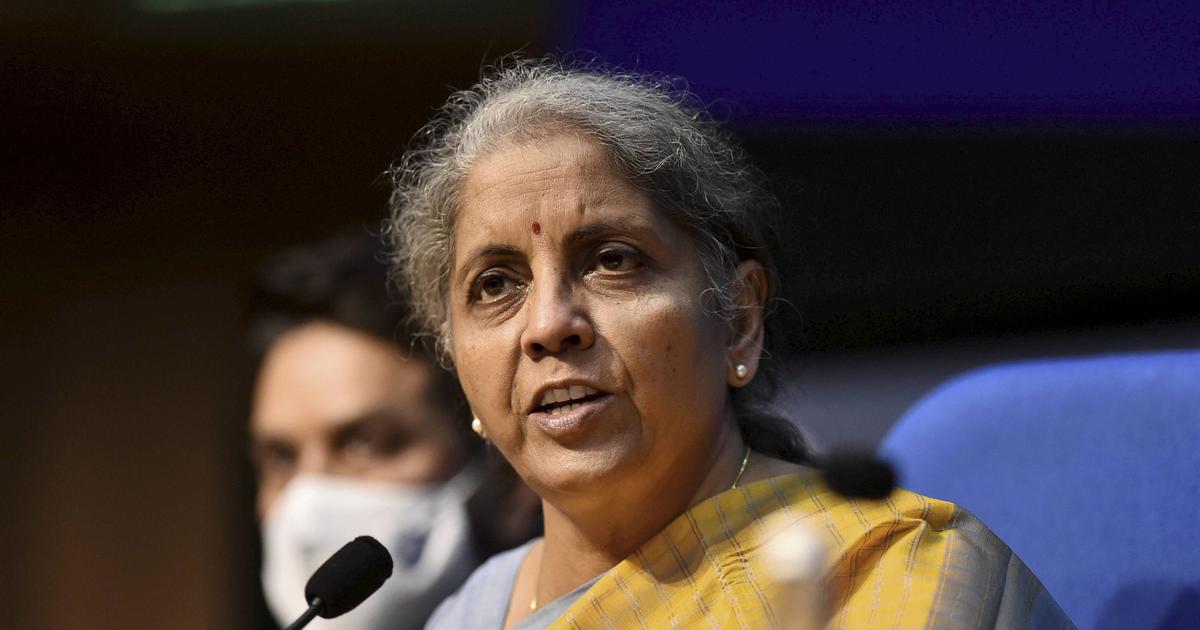
BY- scroll / Source- Google Images
India’s per capita income is expected to rise from US$2,200 to approximately US$5,200 by 2032.
This rise in income will have a profound impact on the consumption basket, leading to a shift toward discretionary spending.
As aspirations and purchasing power increase, sectors such as luxury goods, entertainment, and travel will likely witness a surge in demand, opening new avenues for businesses and investments.
-
Benign Inflation and Interest Rate Cycles: Stability Breeds Growth
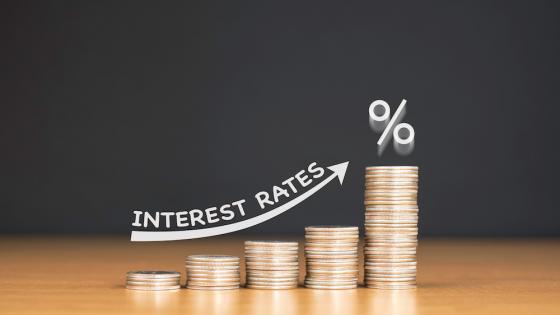
BY- cepr.org / Source- Google Images
A more stable and less volatile inflation environment is anticipated, paving the way for shallower interest rate cycles.
This bodes well for the equity market, as milder rate fluctuations reduce uncertainty and promote investor confidence.
With inflation under control, businesses can better plan their investments, further contributing to overall economic stability and growth.
-
Structural Transformation and the Current Account Deficit
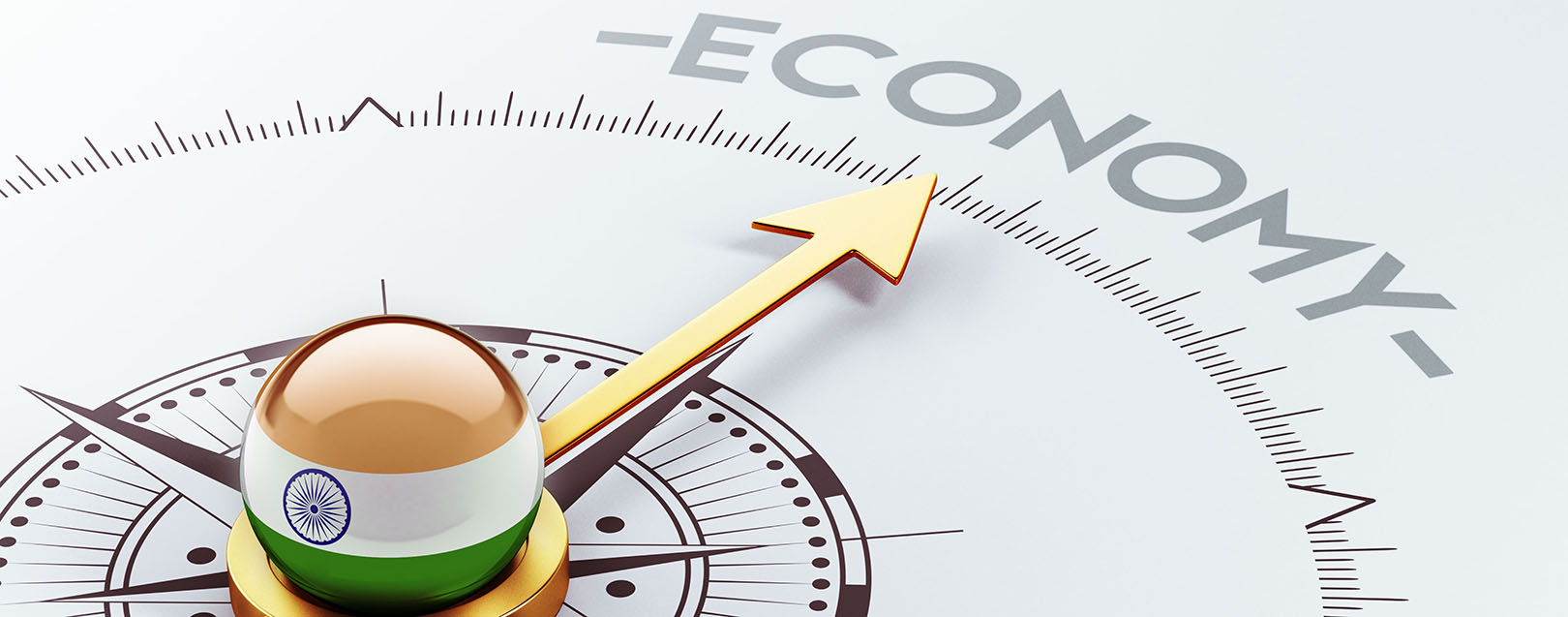
BY- consultantsreview / Source- Google Images
India’s ongoing structural transformation will positively impact its external balance sheet, leading to a progressively narrower trend in the current account deficit (CAD).
As India’s saving-investment dynamics improve, the country will experience gains in its external trade balance.
This trend not only strengthens India’s economic fundamentals but also reduces vulnerability to external shocks.
-
A Profit Boom: Unleashing Economic Potential

BY- ibef / Source- Google Images
India has witnessed a remarkable increase in the share of profits in GDP, which is set to rise further, possibly even doubling from the all-time lows experienced in 2020.
Supply-side reforms implemented by the government are expected to drive investments, moderate the CAD, and increase credit-to-GDP ratios, supporting future profit growth.
This profitability surge contributes to the seemingly rich headline equity valuations observed in India.
-
Decoupling from Oil Prices and US Recession

BY- omfif / Source- Google Images
India’s reduced dependence on foreign portfolio investments (FPI) for current account funding has diminished the stock market’s negative correlation with oil prices, particularly during periods of supply disruption.
Moreover, as India relies less on global capital market flows, its sensitivity to a US recession and changes in US Federal Reserve rates has also decreased.
This decoupling enables India to chart its own economic course with greater resilience.
-
Valuation Re-rating: Sustained Demand and Growth Prospects
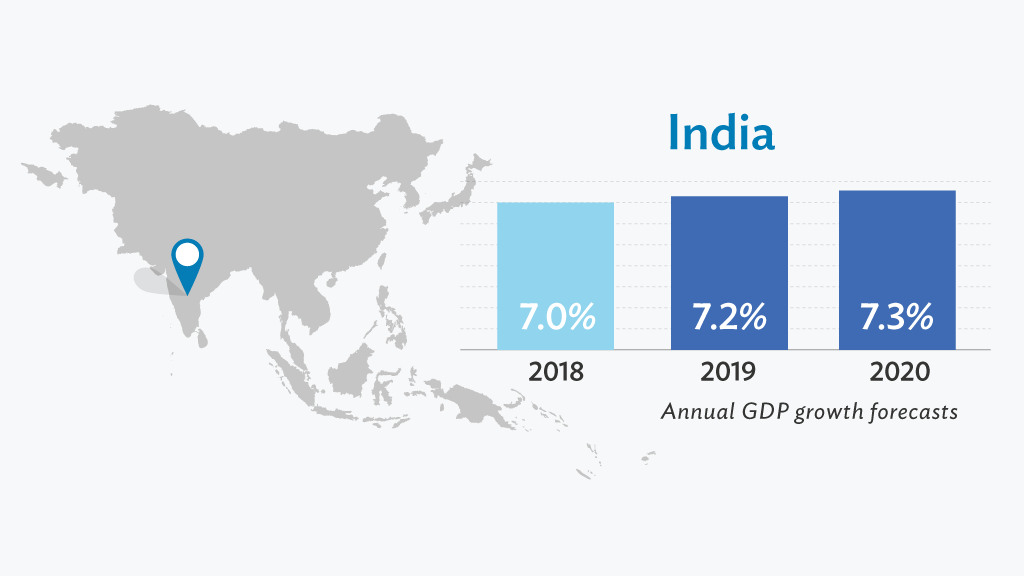
BY- adb.org / Source- Google Images
India’s domestic demand for stocks remains persistent, fueling a valuation re-rating. The country is currently trading at a premium to long-term historical levels, indicating a positive outlook driven by the expectation of higher growth over an extended period.
While valuations have eased from their peak, they align with recent history, reflecting the market’s confidence in India’s economic potential.
-
Beta to Emerging Markets: Stability Begets Confidence

BY- timesnext / Source- Google Images
India’s beta to emerging markets (EM) has fallen to 0.6, primarily due to improved macroeconomic stability and reduced reliance on global capital market flows to fund the CAD.
This lower beta signifies India’s increased ability to withstand market fluctuations and economic uncertainties compared to other emerging economies.
Investors seeking stability and promising returns are likely to view India favorably.
Bottom Line
India’s economic future shines brightly as it embraces manufacturing and capex growth, expands its export market share, witnesses a transformative shift in consumption patterns, and achieves stability in inflation, interest rates, and external balance.
While risks such as global recessions, political fragmentation, commodity price volatility, and labor shortages pose challenges, India’s progress and resilience offer a promising path forward.
As the nation strives to unlock its full potential, businesses, investors, and individuals stand to benefit from India’s emergence as a vibrant and dynamic global economic powerhouse.
Looking for in-depth insights into India’s economic outlook?
Visit CurrencyVeda for comprehensive information and analysis. Stay informed, make educated decisions, and navigate the economic landscape with confidence. Explore now!
What factors indicate a bright future for India's economic landscape?
Factors such as manufacturing and capex growth, expanding export market share, changing consumption patterns, lower volatility in inflation, and a strengthening external balance sheet indicate a bright future for India's economy.
How is India expected to enhance its position as a global manufacturing hub?
India's ramping up of its manufacturing capabilities will not only fulfill domestic demand but also enhance its position as a global manufacturing hub.
What is expected to drive the doubling of India's export market share?
Broad-based gains across goods and services exports are expected to drive the doubling of India's export market share.
How will rising per capita income in India impact consumption patterns?
Rising per capita income in India is expected to lead to a shift towards discretionary spending, with increased demand for sectors such as luxury goods, entertainment, and travel.
How does a stable inflation and interest rate environment benefit India's equity market?
A stable inflation and interest rate environment reduces uncertainty and promotes investor confidence, benefiting India's equity market.








